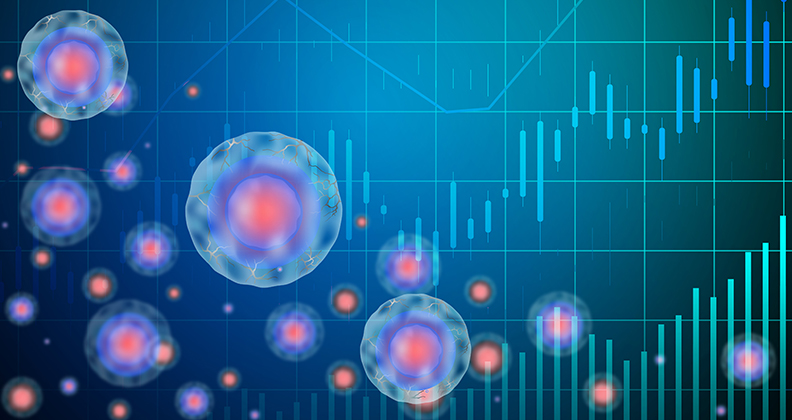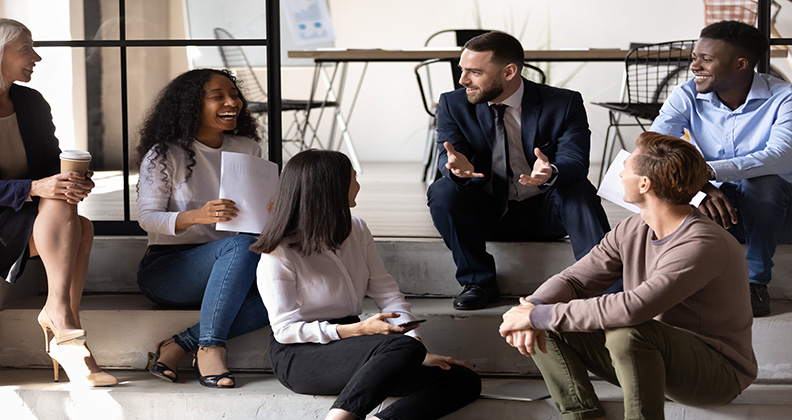
Biorez, with Kevin Rocco at the helm as Founder and CEO, is revolutionizing tendon and ligament healing with their new BioBrace implant. Unlike traditional implant materials that are made of either biologic or synthetic materials, the BioBrace is composed of both a highly porous type 1 collagen matrix and bioresorbable PLLA microfilaments. With 20 granted patents and 10 pending, Biorez is on pace to significantly optimize and improve the healing process for soft tissue damage. Rocco talked about how they got here and where the business is going.
Why and how did you get into orthopedics?
My path into orthopedics was through my passion for developing new implant technologies. I started my career in general surgery focused on hernia repair materials, then attended graduate school focusing on regenerative, or bio-inductive, vascular grafts. Around that time, a recruiter noticed our group’s publications and approached me about a startup developing a scaffold for ACL reconstruction. I warned the recruiter, saying, “I know a fair amount about regenerative implants, but not a lot about orthopedics. Are you sure that’s okay?” That’s what led to an opportunity to dive in on orthopedics and sports medicine. In the seven years since, it’s become clear to me that there is a big future for regenerative soft tissue implants, also called bio-inductive scaffolds, in orthopedics, which Biorez has developed with our BioBrace technology.
It sounds cliché, but I followed my passion, which is developing these novel implant materials.
What are the biggest challenges that you’re facing right now?
COVID aside, we are at a major inflection point. We spent our first four years focused on preclinical research and development and getting through our regulatory approval. Then seemingly overnight, we entered a limited commercial launch of a novel implant technology, and it has transformed our organization very rapidly.
The challenge ahead is how do we balance the demand from surgeons to use our products and the expressed interests by other companies that want to partner with us with the current size of our organization? Additionally, how do we do this in a capital-efficient manner and raise capital at the right time? It’s a good problem to have, and it’s a historically good time to raise capital, but it’s certainly something we’re thinking about. What’s the right pace for growth, and how do we balance everything?
Our approach at Biorez is a hybrid business model, so we will first be direct and then partner when we feel we are ready for that. We are currently building a direct salesforce in part to control the selling process, work with our surgeon advisors, and learn alongside surgeons to optimize our sales strategy. The BioBrace has broad clinical potential, so we want to assess the best clinical applications and the right patient indications before bringing in future distribution partners.
What problems are you trying to solve with your current products and those in your pipeline?
One of the biggest problems in orthopedics today is that tendon and ligament tissue is slow to heal. Sometimes it doesn’t heal at all despite excellent surgical technique. Collectively, that leads to higher reinjury rates and high rates of revision surgery. For example, in the case of a large rotator cuff tear, it can retear as high as 50% of the time. The data shows that mechanically repairing that tissue alone, i.e., tying it back to the bone, doesn’t always translate to healing. We think that something else is needed to augment that mechanical repair. The BioBrace implant is intended to mechanically reinforce the repair and act as a biologic scaffold to help the body regenerate new tissue and heal. We believe that will translate into more durable clinical outcomes.
The early commercial process thus far has exceeded our expectations. We are encouraged by a very positive response from surgeons in terms of interest level and surgeons who have actually used the product that are now telling their colleagues about it. Early anecdotal feedback as it relates to what surgeons are seeing in their practice over the past five months is very encouraging.
Right now, we have two different sizes of our BioBrace implant, and that opens up a wide range of surgical applications and procedures. We are currently exploring the different ways surgeons might want to use the BioBrace and the best potential patient indications where we can make the most impact. To date, about 30% of the procedures that have been done were in applications that we didn’t expect to see for at least a year.
What excites you the most about the future of orthopedics?
When people hear the word orthopedics, often they’re thinking about bones. In our case, we’re focused on the soft tissues that support the musculoskeletal system. The body has the capacity to heal. We know that, and surgeons know that, and patients know that, but I think there’s a role for new technology to augment or even expedite that innate process. That’s what has people excited about stem cells and other orthobiologics (and those get a lot of airtime) in the future, but orthobiologics alone can’t regenerate new tissue. Therefore, I believe that bio-inductive scaffolds, like BioBrace, will play a significant role in improving tendon and ligament healing and are the next big thing. It’s why we’re choosing to spend our time going after this.
What is the best advice you’ve received, and who gave it to you?
Something my dad shared with me continues to resonate as a startup entrepreneur and a first-time CEO. It’s a quote from U.S. President Calvin Coolidge.
“Nothing in this world can take the place of persistence. Talent will not; nothing is more common than unsuccessful men with talent. Genius will not; unrewarded genius is almost a proverb. Education will not; the world is full of educated derelicts. Persistence and determination alone are omnipotent. The slogan Press On! has solved and always will solve the problems of the human race.”
Bringing a new implant technology to market is hard, and there’s something to be said about the persistence involved in it. You can only be so smart or so educated; at the end of the day, you need to be persistent and have a team of people who buy in. That’s one of the things that the Biorez team does well. No one planned for COVID. But you can almost guarantee that there will be some curveballs along the way, and you have to keep moving forward.
What advice do you have for future leaders?
Orthopedics is very rewarding. What I’d like people to know about it is that the industry is mostly made up of really smart, hard-working, humble people who wake up very early every day and try to help other people while at the same time developing the future of medicine and science. That’s a pretty rare thing. It’s special.
HT
Heather Tunstall is a BONEZONE Contributor.




